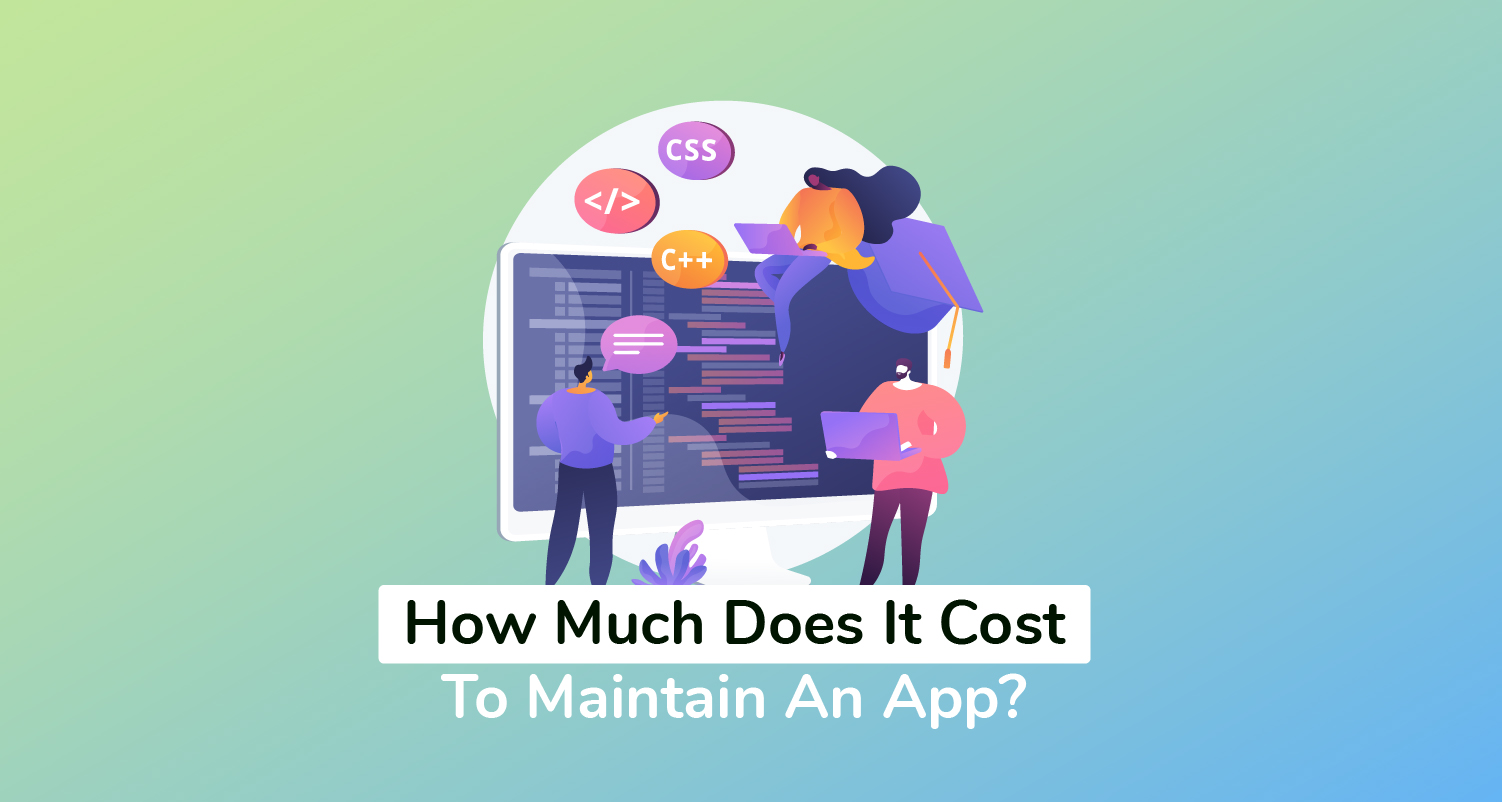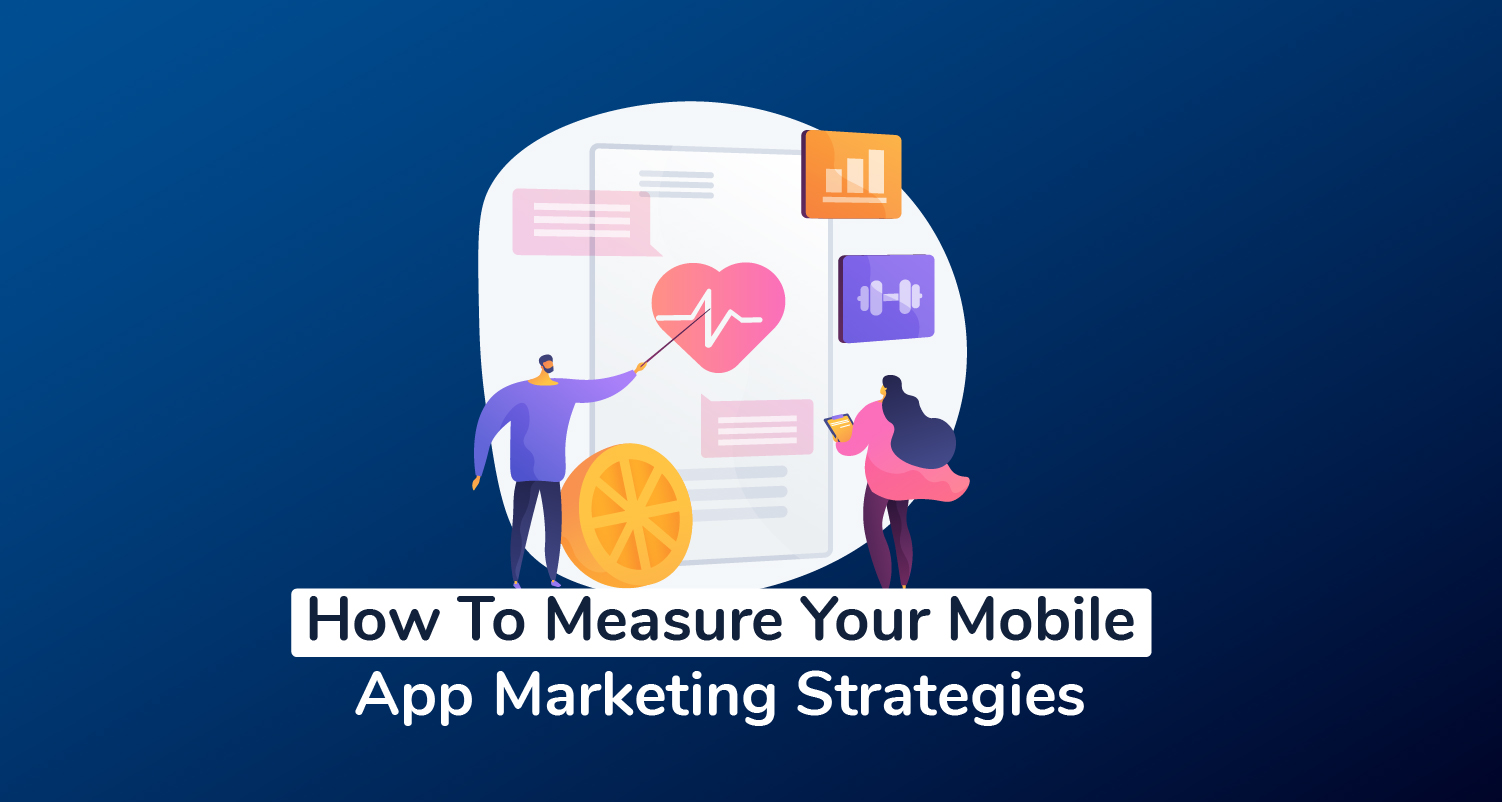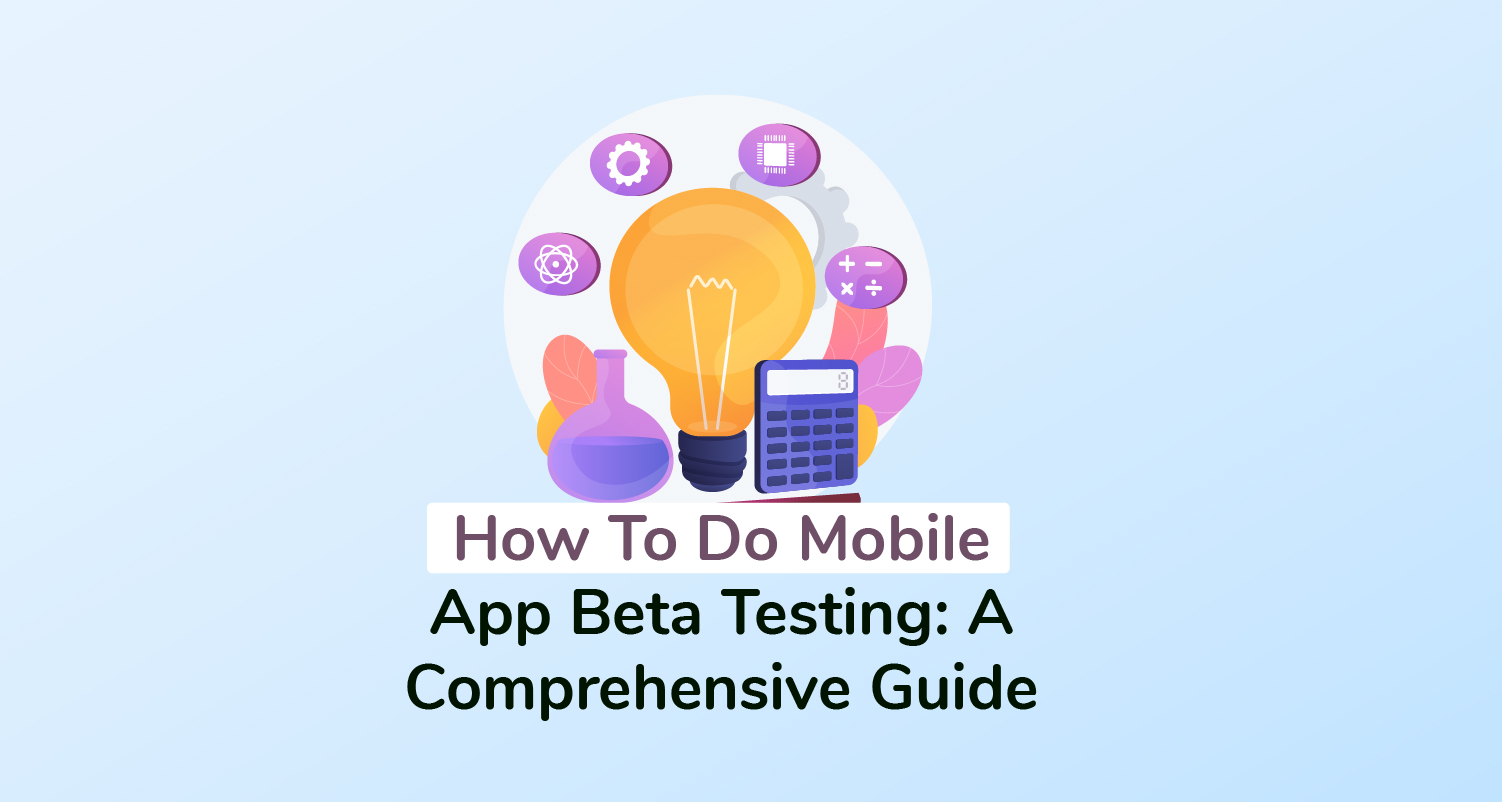
How To Not Get Screwed By App Developers

App developers- you might think of them as the bridge to your dream of owning a robust mobile app. Or maybe the principal pillars of your app’s success.
Fair enough. But, sadly, it turns out that that’s not always the case.
According to a 2015 survey by Standish Group that featured about 50,000 software projects, it just so happens that only 29% of the projects are completed successfully. 52% are faced with major challenges, while 19% end up failing completely.
After extrapolating the figures, it was further established that only 40% of the projects are completed on time, then barely 44% manage to stick to the budget, while 56% stay on target.

And here’s the sad truth. The actual cost and time overrun margins are astronomically high. In essence, the projects end up taking an overage of 222% of the original time estimate. Then when it comes to cost, you end up spending about 89% more than you had initially planned.
That means that an app you expect to develop over a period of 5 months at about $100,000 will, ultimately, take almost a year while stretching your expense to $189,000. And that’s only if you’re lucky enough to even complete the whole app development process without fail.
Well, if you thought things couldn’t possibly get any worse, here’s the sad truth. There are about 94 restarts for every 100 software development projects undertaken.
And that doesn’t necessarily translate to one restart for 94 projects. Rather, your app development project might eventually go through several restarts.
The situation is so frustrating that 75% of business and IT teams acknowledge that their projects are mostly doomed right from the beginning. As a matter of fact, 80% of them waste at least 50% of their time on reworks.
Come to think of it, that’s not what we’d expect in an industry that is increasingly expanding at an exponential rate. App development skills are improving progressively, and so are the corresponding tools.
So, why is the failure rate unbelievably high?
Top Reasons Why App Development Projects Fail
1. Unrealistic Expectations
It goes without saying that we always want the best. It’s either that or we’d rather get nothing at all. But, has it ever occurred to you that what you expect to achieve could be a bit too unrealistic?
According to a survey that was conducted by KPMG in collaboration with The Harvey Nash in 2017, it emerged that 40% of CIOs were convinced that an overly optimistic approach is one of the primary reasons why IT projects fail.
Ok, I know what you’re thinking at this point. And you’re right. Your job as the client is to be super imaginative. And that, in most cases, entails wild expectations. That’s arguably a thoughtful way to achieve a great app.
Unfortunately, many app developers are not fulfilling their roles accordingly. You’d presume that they’d model your ideas to help you come up with realistic and manageable expectations. Instead, they end up leading you on with over-optimistic promises.
2. Poor Communication
Chances are, you’ll approach a seemingly reputable app development firm with multiple teams of developers. Then you’ll probably deal with senior management, then disengage assuming that they’ll subsequently pass on the message to their respective teams in time and accurately.
Sadly, if a publication entitled Replicated Survey of IT Software Project Failures is anything to go by, that might not happen as you had envisioned. Usually, 33% of IT projects collapse due to senior management failing to be involved, especially when the scope or requirements shift mid-way through the project.
With such an operation framework, you can bet that individual developers mostly manage their tasks based on assumptions. So, imagine the disaster you might end up with before you even make your app press release.
3. Poor Resource Management
The two most critical resources when it comes to mobile app development are time and money. Although all app developers understand this, a substantial majority do not manage them appropriately.
At first, they tender for a project without even establishing the actual time frame and cost it would take to complete each stage from design to app review. In fact, 40% of the executives surveyed by Standish Group admitted that they don’t even bother calculating individual ROI requirements.

Now, of course, some might argue that it’s very difficult to quote accurate time and cost estimates in software development. However, in all fairness, an experienced developer should be able to critically assess all the variables based on previous projects and your precise requirements.
After tendering, comes the most arduous stage of proportionately allocating resources to each development stage. This requires a well-structured management framework to coordinate time and money throughout the process.
However, as we’ve established through the Standish Group survey, only a few manage to implement this accordingly.
4. Unsuitable App Development Methodology
There are two principal approaches used by app developers.
The well-known waterfall methodology, to begin with, is typically linear with the following sequence of stages:
- Collect and record project requirements
- Design
- Code and unit testing
- System testing
- User acceptance testing
- Resolving issues
- App delivery
The Agile methodology, on the other hand, is a team-centered approach that capitalizes on various complete functional components to deliver an app swiftly. Instead of setting up a straightforward schedule of tasks, time is organized into phases running for weeks, complete with their set of deliverables.
While the latter holistically empowers the client by facilitating engagement at each stage, the former methodology relies on a system of defining all requirements and plans early in the development cycle.
Since they are completely different, you should expect varying results at each stage. Consequently, failing to utilize the most appropriate approach right off the bat compromises the entire development process quite significantly.
To demonstrate their respective efficacy levels, here are the outcomes of each methodology as leveraged by app developers on various projects:

How To Avoid Getting Screwed By App Developers
1. Understand The Iron Triangle of Software Development
The “Iron Triangle” consists of three distinct but interconnected elements:
- Price- What the project will cost
- Time- How long it will take to build the app
- Scope- The type of app and its corresponding features
By failing to understand the true implications of the three, many developers continue to make the mistake of ignoring the triangle altogether. They consequently define all the three components at the beginning of the project, and promise to deliver them at the same time.
Well, you can imagine the disaster that subsequently follows.
That said, the trick here is to define at most two elements while allowing the third one to be dynamically flexible. If the scope and price are fixed, for instance, your developers should proceed with a flexible time schedule.
2. Look Out For Hidden App Development Costs
Still, on the Standish Group survey, it was established that only 31% of the projects involve all stakeholders in budgeting and cost collaboration.

Sadly, there are many clients who are duped into signing a contract with fixed time, cost and scope variables accompanied by hidden costs. They fall for the all-too-common trick that everything with be delivered according to plan and on time.
The problem with this type of contract is the fact that it locks you out of changes mid-way through the project. Since it’s fixed, you end up paying extra for even the slightest changes.
So, steer clear from fallacious contracts by going through all the terms and conditions in detail. Proceed with a development team that is flexible enough to accommodate a few changes without additional charges. After all, app development is all about reviews and adjustments.
3. Plan For Project Variables
And speaking of adjustments, it turns out that the process of creating an app comes with numerous unknown possibilities. Think of it like building a house. There are many things you’re bound to change along the way.
If a competitor launches an app with similar functionalities, for example, you’ll certainly review and tweak yours mid-way through the project. And that alone will, in turn, affect even the time schedule plus cost estimates.
Come to think of it, the scale of variables experienced might explain the wide variations when you compare the final cost appraisal for different apps. This was, in fact, documented by a Clutch survey that published what various developers spent on different features in 2017.

So, ensure that you plan adequately for unexpected variables along the way. And that, of course, entails adopting a flexible app development process that minimizes resource wastage with each change.
Additionally, you’ll need comprehensive project appraisals along the way to review all the critical variables, plus the implications of the corresponding changes. Sadly, only 6% of IT executives do this for all their projects.

4. Launch Early
Instead of waiting until everything is complete to launch your app, consider introducing it to real users as soon as your developers come up with a prototype.
The subsequent user feedback not only helps you identify the weaknesses in the development process but also the components your developers should focus on to cater to user needs.
And you know what? This is also a clever prelaunch app marketing strategy to warm up the market ahead of the final launch in the App Store.
5. Hire Qualified Developers
App development is not just about typing endless lines of code. Your developer should be a holistic professional who understands your project scope, then comes up with solid solutions through a well-managed development process. And that requires a little bit more than general tech expertise.
According to the 2017 PMI’s Pulse of the Profession Survey, a qualified team that implements proven project management practices could help you reduce wastage of money by about 28 times on average.
Then get this. A developer who maintains effective communication all-around has a 68% likelihood of delivering the project scope successfully and a 66% chance of meeting quality standards. One who doesn’t, contrastingly, can only manage about 32% and 33% respectively.

That said, use a thorough screening process to pick your developers. After the initial expertise screening process, check their career histories, review their behavior competency levels, and assess how they fit into your business culture. This should be followed by a benchmarking test, a real-time programming interview, then finally concluded with comprehensive reference checking.
Conclusion
To recap:
- Only 29% of the projects are completed successfully. 52% are faced with major challenges, while 19% end up failing completely.
- 40% of the projects are completed on time, then barely 44% manage to stick to the budget, while 56% stay on target.
- Projects end up taking an overage of 222% of the original time estimate. Then when it comes to cost, you end up spending about 89% more than you had initially planned.
- There are about 94 restarts for every 100 software development projects that are undertaken.
- 75% of business and IT teams acknowledge that their projects are mostly doomed right from the beginning. As a matter of fact, 80% of them waste at least 50% of their time on reworks.
- 40% of CIOs were convinced that an overly optimistic approach is one of the primary reasons why IT projects fail.
- 33% of IT projects collapse due to senior management failing to be involved, especially when the scope or requirements shift mid-way through the project.
- 40% of the executives surveyed by Standish Group admitted that they don’t even bother calculating individual ROI requirements.
- Waterfall methodology is typically linear with the following sequence of stages: Collect and record project requirements, Design, Code and unit testing, System testing, User acceptance testing, Resolving issues, App delivery.
- The Agile methodology, on the other hand, is a team-centered approach that capitalizes on various complete functional components to deliver an app swiftly.
- The “Iron Triangle” consists of three distinct but interconnected elements: Time, Scope, and Price.
- Define at most two iron triangle elements while allowing the third one to be dynamically flexible.
- Only 31% of the projects involve all stakeholders in budgeting and cost collaboration.
- Steer clear from fallacious contracts by going through all the terms and conditions in detail.
- Ensure that you plan adequately for unexpected variables along the way.
- You’ll need comprehensive project appraisals along the way to review all the critical variables, plus the implications of the corresponding changes.
- Consider introducing your app to real users as soon as your developers come up with a prototype.
- A developer should be a holistic professional who understands your project scope, then comes up with solid solutions through a well-managed development process.
So, have you had any problems with developers in the past? Feel free to drop any questions or share your experience on the comment section.
Newsletter
Don’t miss a thing! Sign up to receive daily news
Subscribe Newsletter








